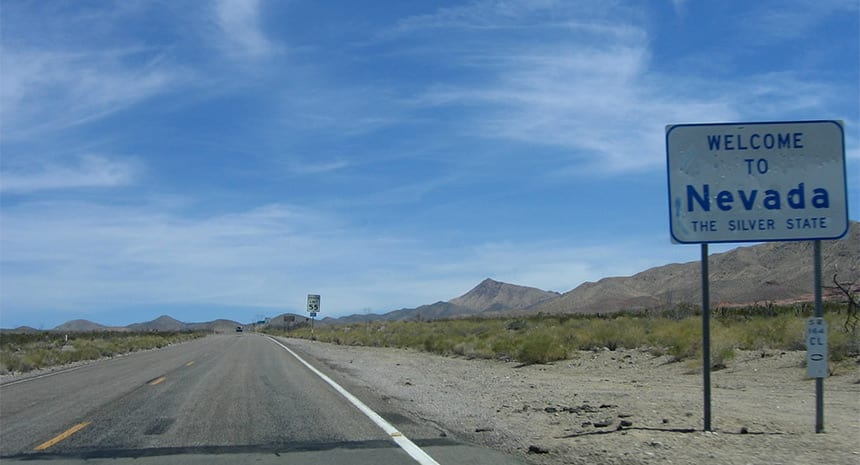
 The secret missions commenced in 2011. Then the legal director for Google X—the company’s clandestine facility known for its “moonshot” projects—David Estrada made routine drives from company headquarters in Mountain View to Carson City, Nevada, to build the future of transportation.
The secret missions commenced in 2011. Then the legal director for Google X—the company’s clandestine facility known for its “moonshot” projects—David Estrada made routine drives from company headquarters in Mountain View to Carson City, Nevada, to build the future of transportation.
In the Silver State capital, legislators were famously less regulatory-minded than their California counterparts. Self-driving cars had found their first, and likely most propitious, proving ground.
The legislature approved the idea—testing the cars in the state, not making them available to motorists—with resounding support and no shortage of wonder. That was just the beginning. Nevada’s Department of Motor Vehicles (DMV) then had to write the rules that actually implemented the law.
Enter Estrada.
“I didn’t know anything about this stuff,” he says. “I wasn’t an expert in self-driving cars; nobody was. But I was the team’s new legal director, and order No. 1 was to meet with the head of the DMV and start figuring out new regulations for self-driving cars, knowing that nobody’s ever done this before.
“We were creating the world’s first policies and regulations for software driving an automobile,” Estrada adds. “That became what I do for a living, without any planning on it.”
Estrada found an ally in Bruce Breslow, then Nevada’s DMV director. More than four decades earlier Breslow had marveled at a driverless car exhibit at the 1964 New York World’s Fair. The future, suddenly, was upon them—and other states were watching.
“We were starting at ground zero,” Breslow says.
DMV staffers were asked to come up with questions related to how to register and license self-driving cars. Their inquiries ran to 400 pages. The DMV solicited advice from various university officials as well as the National Highway Traffic Safety Administration.
“It was David who walked us through every step,” Breslow says. “He was a visionary in seeing through legislative clutter.”
In the end, the DMV required companies testing autonomous vehicles in Nevada to submit a description of their technology, a detailed safety plan, and a plan for hiring and training test drivers. Companies also needed to prove that such vehicles had been driven 10,000 miles on a test track, a stipulation now lifted. Ten other states have since adopted similar legislation.
“We had to deliver a sleek, perfect set of regs, because we knew that once we did it, the rest of the country would follow,” Breslow says. “We wanted to make sure we got it right.”
—Andrew Faught